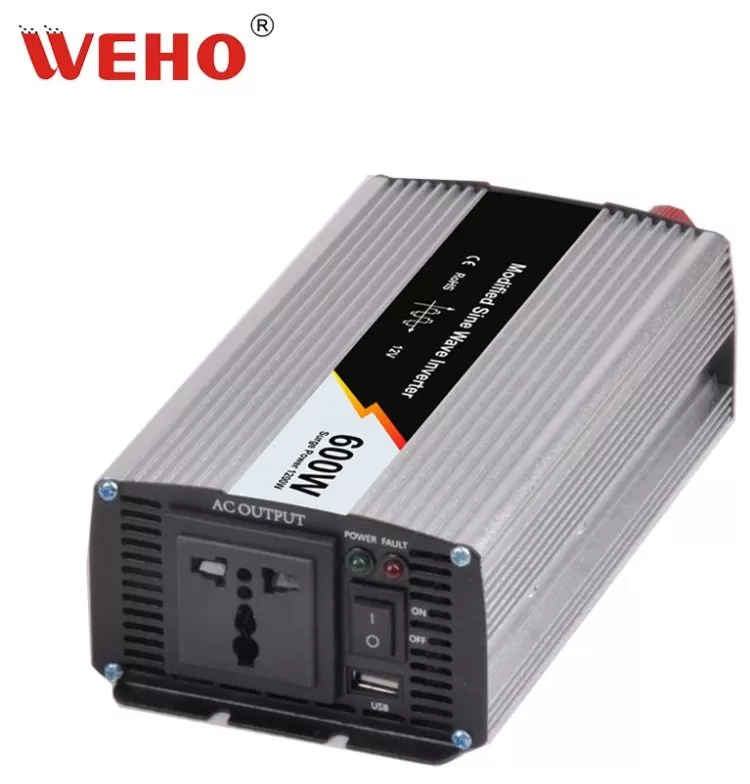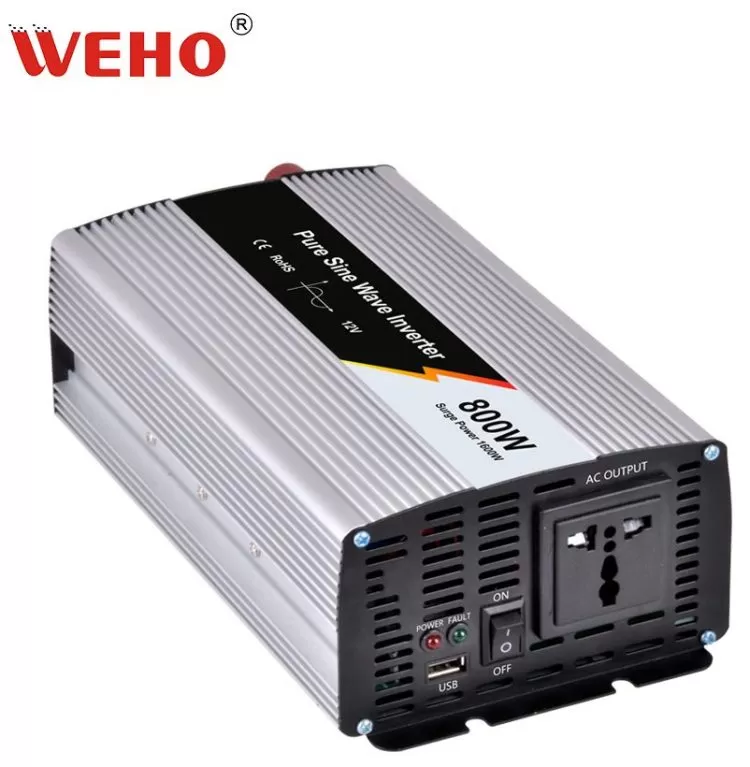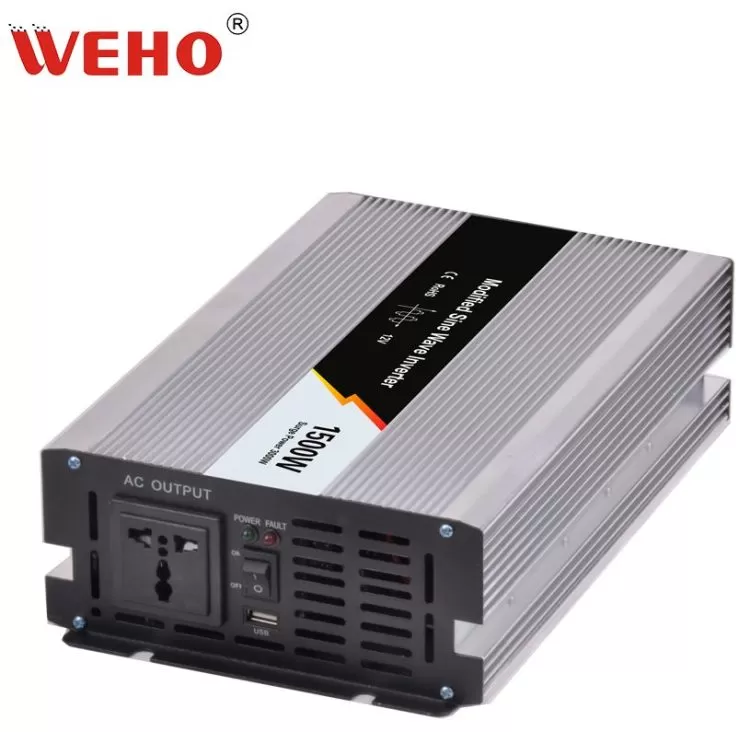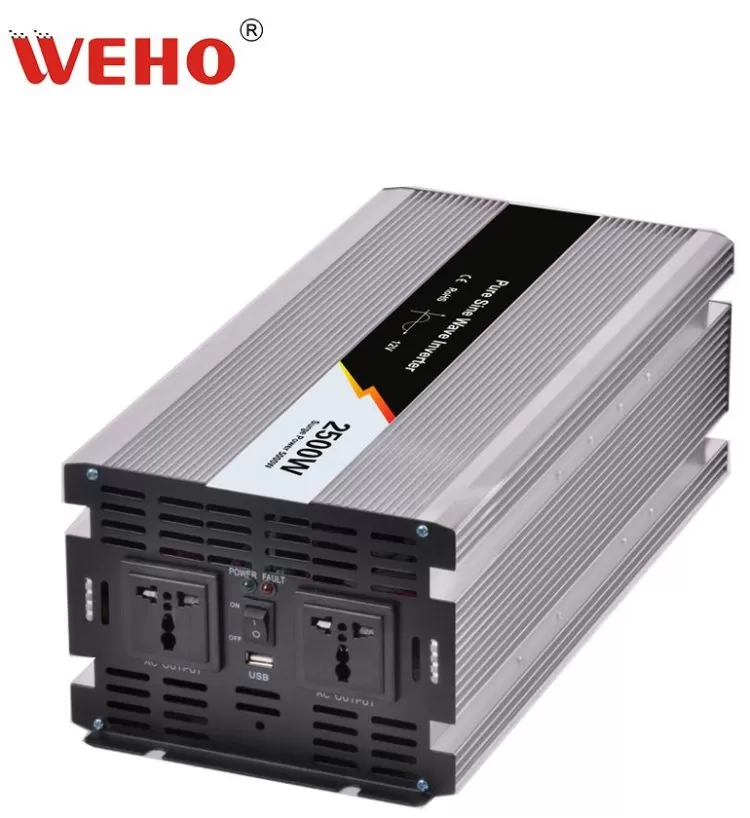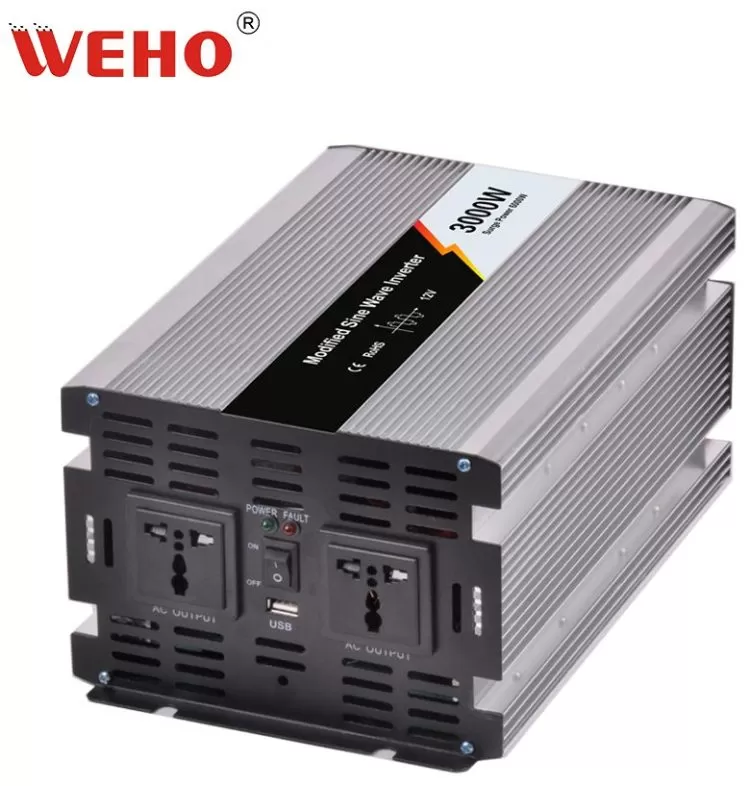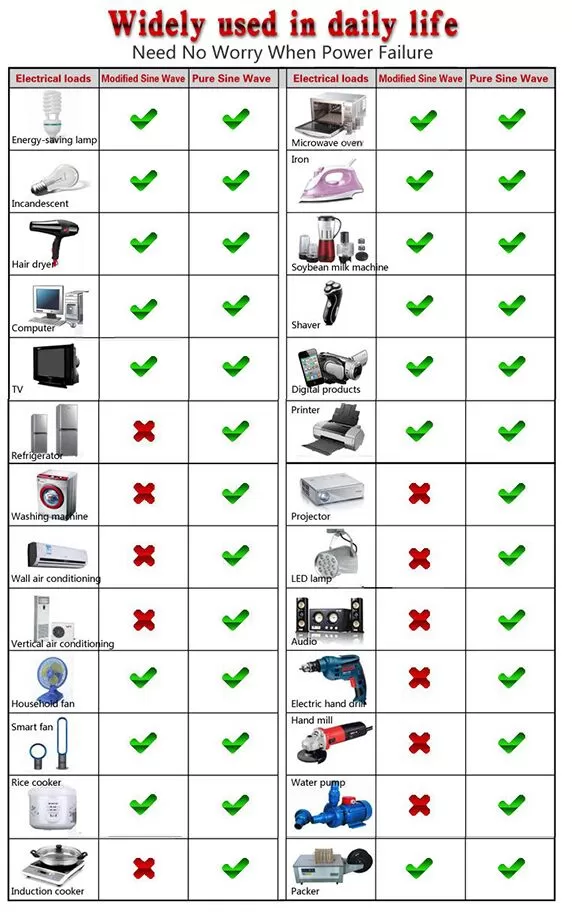There are a few things to consider when choosing a power inverter for your home. First, you need to determine how much power you need.
The average home uses around 10,000 watts, so you need an inverter that can handle that much power.
Second, you need to decide what type of socket you need. Most homes have standard 120-volt outlets, but if you have higher-wattage appliances, you’ll need a 240-volt outlet.
Third, you need to decide how many outlets you need.
After considering these matters, you can choose the inverter you want.
What is a power inverter?
A power inverter is a device that converts DC (direct current) power to AC (alternating current) power. Power inverters are used to provide AC power from DC sources such as batteries or solar panels.
There are two main types of power inverters: sine wave inverters and modified sine wave inverters. Sine wave inverters provide AC power that is identical to the AC power supplied by utility companies.
Modified sine wave inverters provide AC power that is close to the AC power supplied by utility companies, but usually not identical.
Power inverters are used in a variety of applications, including providing backup power during power outages, powering portable electronics such as laptops and cell phones, and charging battery banks.
What are the different types of power inverters?
There are a few different types of power inverters on the market today. The most common type is the square wave inverter, which is a good choice for most applications.
However, if you need a power inverter for a sensitive electronic device, you may want to choose a sine wave inverter instead. There are also modified sine wave inverters, which are a good compromise between the two.
No matter what type of power inverter you choose, be sure to read the reviews before you buy. Some power inverters are better than others, and you want to make sure you get one that will work well for your needs.
What are the features of a good power inverter?
There are many factors to consider when purchasing an inverter.
The most important factor is the power rating of the inverter. This is the maximum amount of power the inverter can supply. Another factor to consider is the input voltage.
Most inverters are designed to work with standard 120-volt AC power, but some are available for higher voltage systems.
Other features to look for include:
- ● Modified sine wave or pure sine wave output. Modified sine wave inverters cost less, but pure sine wave inverters produce cleaner power and are more suitable for sensitive electronics.
- ● Overload protection. This function prevents the inverter from being damaged due to excessive power.
- ● Thermal Protection. This feature helps prevent the inverter from overheating.
How do power inverters work?
A power inverter is a device that converts DC (direct current) power to AC (alternating current) power. DC power is typically produced by batteries, while AC power is the type of power that is used in your home.
Power inverters are used to provide AC power when DC power is not available, such as when you are camping or during a power outage.
How do power inverters work? Well, it all has to do with the flow of electrons. In a DC circuit, electrons flow in one direction, while in an AC circuit, they flow in alternating directions.
Power inverters use a process called rectification to convert DC power into AC power. Rectification is the process of converting AC power into DC power.
Why do you need a power inverter?
An inverter is a device that converts direct current (direct current) to alternating current (alternating current).
Power inverters are used in a variety of applications, including powering AC equipment from a DC battery, powering DC equipment from an AC source, and converting AC power from one voltage to another.
There are many different types of power inverters on the market, each designed for a specific purpose. For example, there are power inverters designed for use in car batteries, and there are power inverters designed for use in solar panels.
So, why do you need an inverter? The answer depends on the specific application you have in mind.
If you need to power AC equipment from DC power, or if you need to convert AC power from one voltage to another, then a power inverter is the device you need. An inverter is a device that converts direct current (direct current) to alternating current (alternating current).
What factors should you consider when choosing a power inverter?
When choosing a power inverter, you should consider several factors.
The first is the amount of power you need. Make sure to choose an inverter that can handle the amount of power you will be using.
The second factor is the type of outlets you need. Make sure to choose an inverter with the type of outlet that suits your needs.
The third factor is the size of the inverter. Make sure to choose an inverter that suits your needs.
The fourth factor is price. Make sure to choose an inverter within your budget.
Founded in 2007, Zhejiang Weihao Electronics Co., Ltd. has long been committed to the research and development, production, and sales of new energy products such as switching power supplies and LED drivers. If you’re interested in our products, please feel free to contact us at [email protected].
When choosing a power inverter for your home, the most important factor is the wattage you need. You also need to consider the type of outlets you need, the size of the unit and the price. By keeping these factors in mind, you can find the perfect power inverter for your home.


